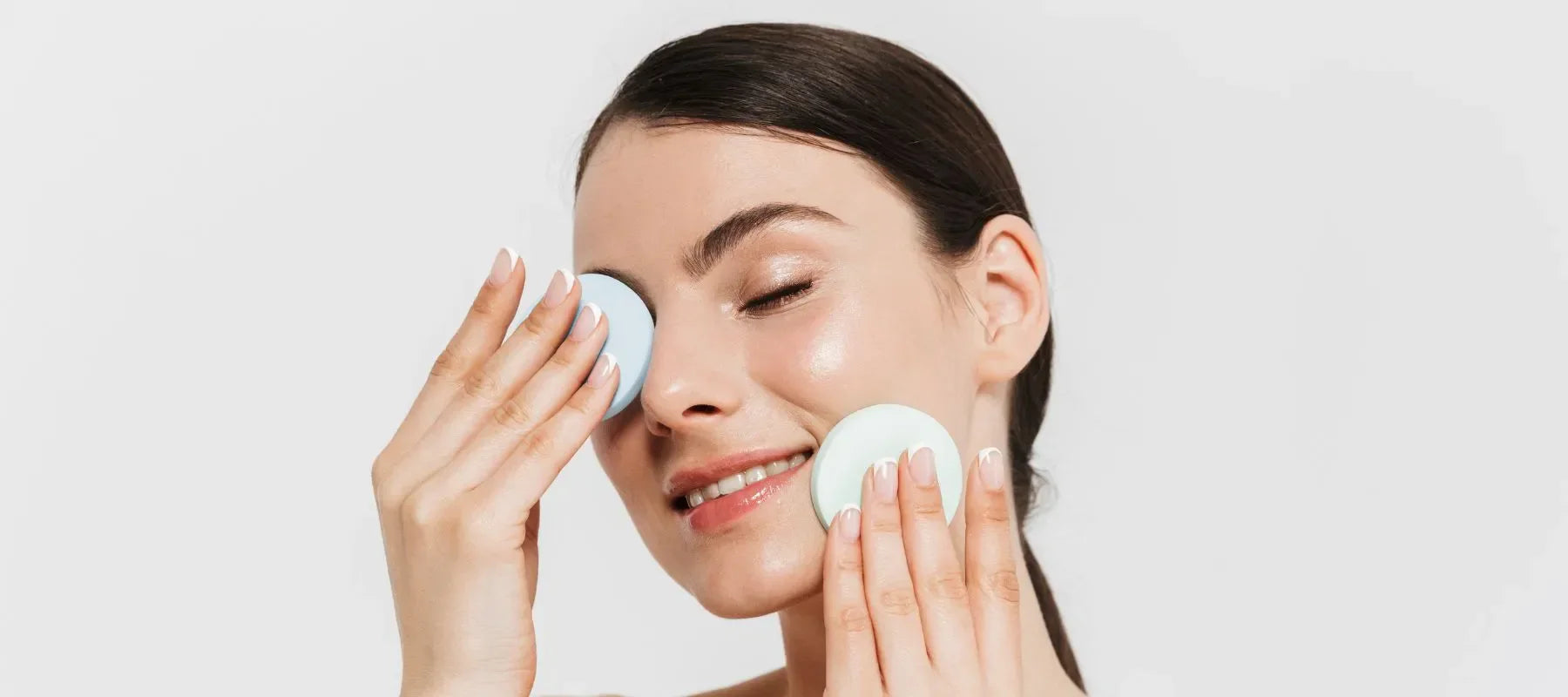
The ultimate comedogenic ingredients list: What to avoid for clear skin
In an era when consumers are curious about everything they put on their bodies, one must also be aware of what they apply to their skin. Even for those morning and evening skincare regimes, one must master a new term called “comedogenic.”
Simply put, they are ingredients that clog your pores, leading to unwelcome breakouts. But how do you identify the comedogenic ingredients when various cosmetic companies embellish their claims?
If such questions have been on your mind, join us in this piece to get a clear overview.
What does "comedogenic" mean?
You will frequently encounter a non-comedogenic term when reading the labels of various skincare products. But what does that mean? Is it just a fancy term?
To clear your doubts, any ingredient that causes acne is called comedogenic. They worsen acne-prone skin by clogging your pores. If you deal with regular outbreaks, you must steer far away from the ingredients that clog pores. These include lanolin, cocoa butter, coconut oil, and shea butter.
Contrarily, embracing non-comedogenic ingredients like glycerin, aloe vera, or vitamin C can do wonders for your skin as they are active ingredients.
Although the FDA does not regulate the usage of the term “non-comedogenic,” this means that there is no standard definition. However, with rigorous testing, a study published in 2013 vouches for the comedogenic potential of some ingredients used in cosmetics.
That being said, in theory, people who are prone to breakouts may see results after using non-comedogenic products as they have lower risks of worsening the condition.
List of comedogenic ingredients
For your convenience, we have crafted a comedogenic ingredients list that you can refer to when looking up these ingredients in your skincare products. Go through the list and check whether you have been using anything fuelling your skin condition.
Here are what the numbers in the chart mentioned below mean.
0 - Will Not Clog Your Pores
1 - Low Probability of Clogging Pores
2 - Moderately Low Probability of Clogging Pores
3 - Moderate Chance of Clogging Pores
4 - Fairly High Chance
5 - High probability it will Clog your Pores
1-2: Caution | 3-5: Avoid
|
Cosmetic Ingredient |
Comedogenic Rating |
Ingredient Composition |
|
Apricot Oil |
2/5 |
66% oleic acid & 29% linoleic acid |
|
Algae Extract |
5/5 - 4 irritant |
botanical | seaweed |
|
Aloe Butter |
5/5 |
butter |
|
Avocado Butter |
5/5 |
butter |
|
Babassu Butter |
5/5 |
butter |
|
Broccoli Butter |
5/5 |
butter |
|
Green Tea Butter |
5/5 |
butter |
|
Hemp Seed Butter |
5/5 |
butter |
|
Kokum Butter |
5/5 |
butter |
|
Chamomile Butter |
5/5 |
butter |
|
Carrot Butter |
5/5 |
butter |
|
Arachidonic Acid in Sunflower Oil |
2/5 |
fatty acids |
|
Eicosanoic Acid |
2/5 |
fatty acids & their derivatives |
|
Ethylhexyl Palmitate |
4/5 |
fatty acids & their derivatives |
|
Cetyl Acetate |
4/5 - 2 irritant |
fatty acids & their derivatives |
|
Flaxseed Oil (Linseed) |
4/5 |
high in alpha-linolenic acid |
|
Jojoba Oil (Simmondsia Chinensis Seed Oil) |
2/5 |
high in eicosenoic acid |
|
Coconut Oil |
5/5 |
high in lauric acid |
|
Black Cumin Seed Oil (Nigella Sativa Seed Oil) |
4/5 |
high in linoleic acid, moderate oleic |
|
Cranberry Oil (Vaccinium Macrocarpon Seed Oil) |
3/5 |
high in linoleic moderate in oleic & linolenic acid |
|
Almond Oil/Sweet Almond Oil |
2/5 |
high in oleic Acid |
|
Apricot Kernel Oil (Prunus Armeniaca Kernel Oil) |
4-5/5 |
high in oleic acid |
|
Apricot Seed Oil |
2/5 |
high in oleic acid |
|
Acai Berry Oil |
4-5/5 |
high in oleic acid & moderate in linoleic acid |
|
Andiroba Seed Oil |
2/5 |
high in oleic acid, moderate in linoleic acid |
|
Baobab Oil |
4-5/5 |
high in oleic acid, moderate linoleic |
|
Castor Oil (Ricinus Communis Seed Oil) |
2/5 |
high in ricinoleic acid |
|
Acetylated Lanolin |
4/5 |
lanolins |
|
Acetylated Lanolin Alcohol |
4/5 - 2 irritant |
lanolins |
|
Anhydrous lanolin |
5/5 |
lanolins |
|
Chullu (Wild Apricot) Seed Oil |
5/5 |
oils |
|
Amaranth Oil |
3/5 |
oils |
|
Isostearic Acid |
5/5 |
other |
|
Lanolic Acid |
5/5 |
other |
|
Active Soil |
4/5 |
questionable minerals |
|
Chlorella |
3/5 |
seaweed |
|
Ahnfeltia Concinna |
3/5 |
seaweed |
|
Alaria Esculenta |
3/5 |
seaweed |
|
Algae |
3/5 |
seaweed |
|
Algin (Algae) |
4/5 |
seaweed |
|
Kelp |
3/5 |
seaweeds |
|
A & D Additive |
2/5 |
vitamins & herbs |
|
Squalene |
3/5 |
oils |
|
Spirulina |
3/5 |
seaweeds |
|
Stearic Acid |
2-3/5 |
fatty acids & their derivatives |
|
Sunflower Butter |
5/5 |
butter |
|
Tocopherol (sunflower non-com) |
0-3/5 0-3 irritant |
vitamins & herbs |
|
Vitamin A Palmitate |
3/5 - 1-3 irritant |
vitamins & herbs |
|
Wakame |
3/5 |
seaweed |
|
Water-Soluble Sulfur |
3/5 |
preservatives & additives |
|
Sodium Laureth Sulfate |
3/5 - 2 irritant |
surfactants & detergents |
|
Sodium Lauryl Sulfate |
5/5 - 2 irritant |
surfactants & detergents |
|
Sorbitan Isostearate |
2/5 |
alcohols, sugars & their derivatives |
|
Rosehip Seed Oil (Rosa Canina Seed Oil) |
2/5 - 1 irritant |
high in linoleic acid |
|
Rice Bran Oil (Oryza Sativa Bran Oil) |
5/5 |
high in oleic & linoleic acid |
|
PEG 8 Castor Oil |
2/5 - 1 irritant |
alcohols, sugars & their derivatives |
|
Wheat germ oil |
5/5 - 2 irritant |
high in linolenic acid |
Also read: What is Wheat Germ Oil?
Can non-comedogenic products still cause breakouts?
In short, the answer is yes, they can in some circumstances.
As the FDA or other trustworthy organisations do not regulate the term, some products might contain clogged pores ingredients despite their tall claims.
However, The Pink Foundry has various reliable, non-comedogenic products that benefit your skin condition. Non-comedogenic is not a term for us; it is everything! Our entire line is based on ingredients that will keep your pores clean and improve your skin's general health. Check out our Dewy Hydrating Hybrid Sunscreen SPF 50+ or Waterlight Gel Moisturiser 72 Hour Hydration. Do not take it from us; check out the testimonials on the website and feel the difference yourself by embracing these products!
Apart from this, any particle trapped in your pores can cause a breakout. It may be the dead skin cells or dirt and grime. Additionally, people with conditions such as polycystic ovary syndrome might get hormonal acne. Therefore, anyone can get breakouts even if they are using non-comedogenic products.
Also read: Non Comedogenic Meaning and Reason to Buy Non Comedogenic Skin Care Products
Conclusion
Reaching out for dermatologically tested non-comedogenic products can make all the difference in your skin. So, switch to products that are safe and effective. Although the dermatologically tested products are safe, we recommend a patch test before application.







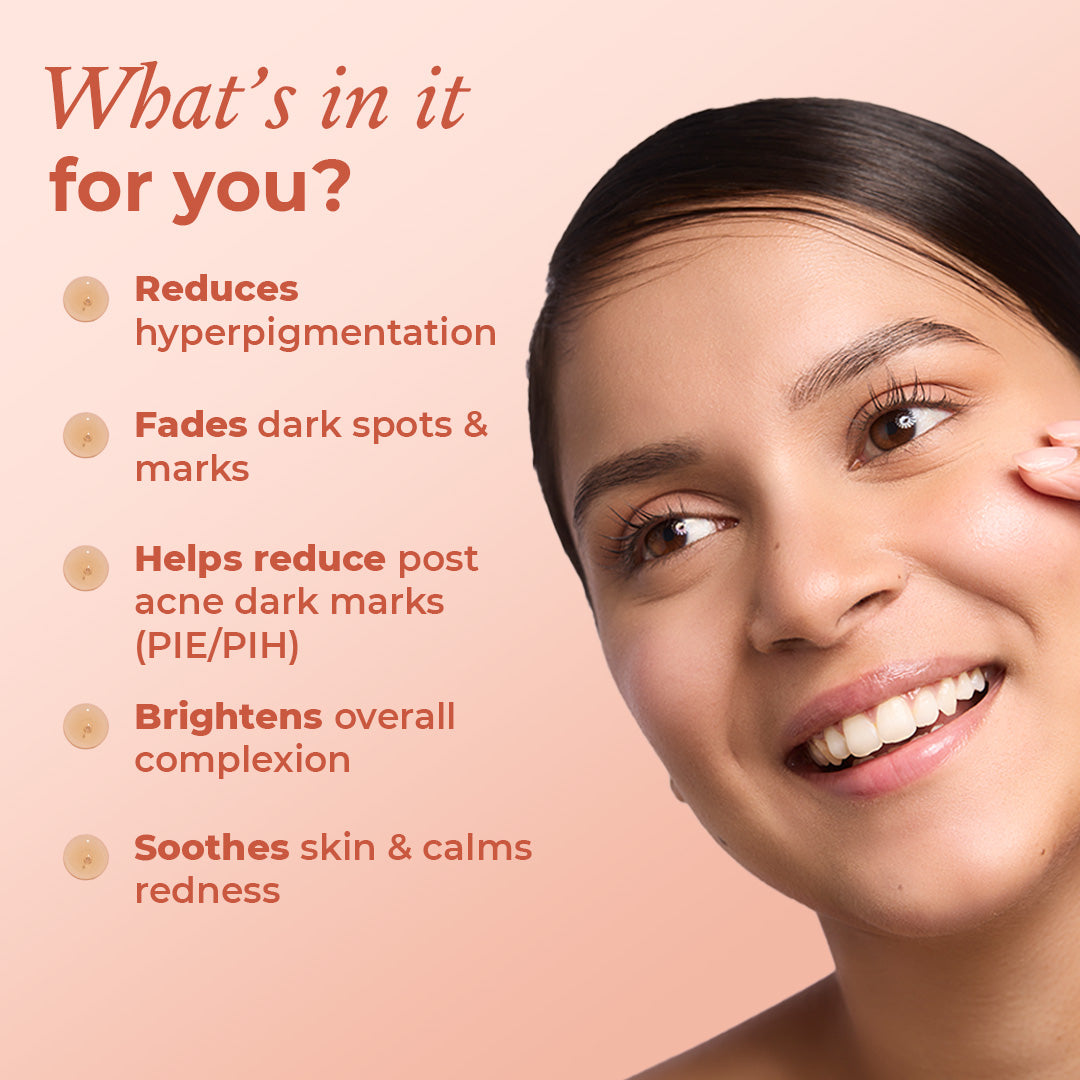

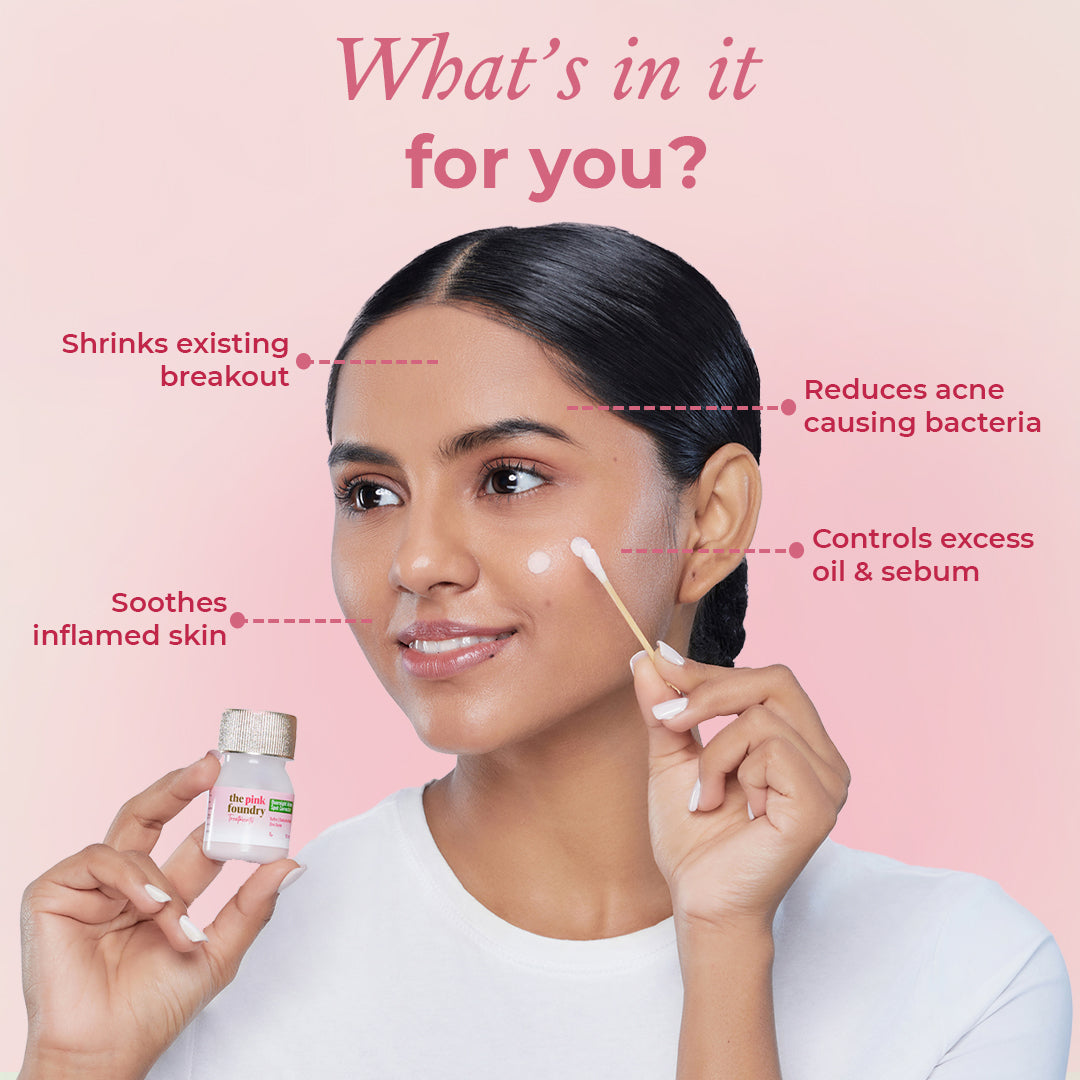
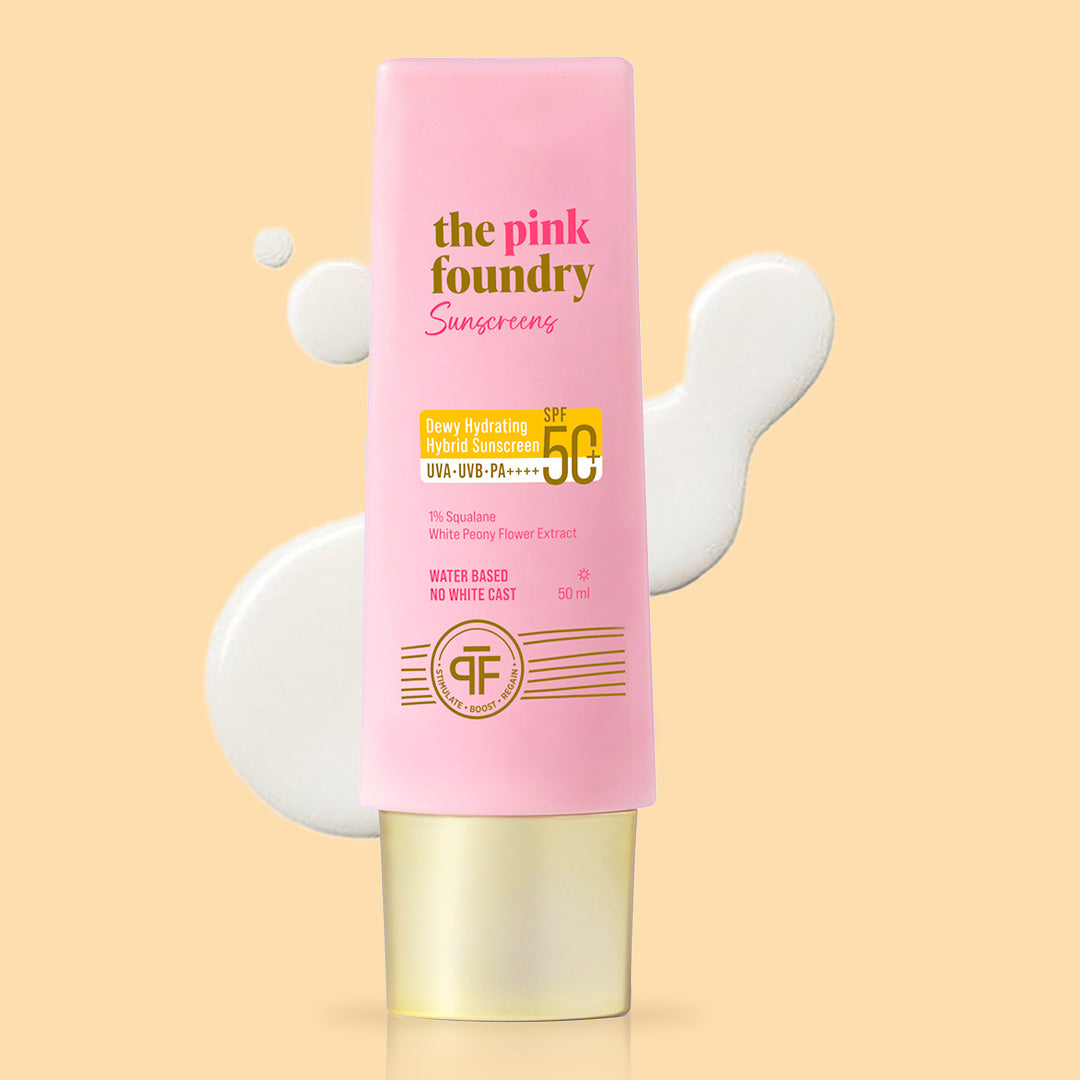
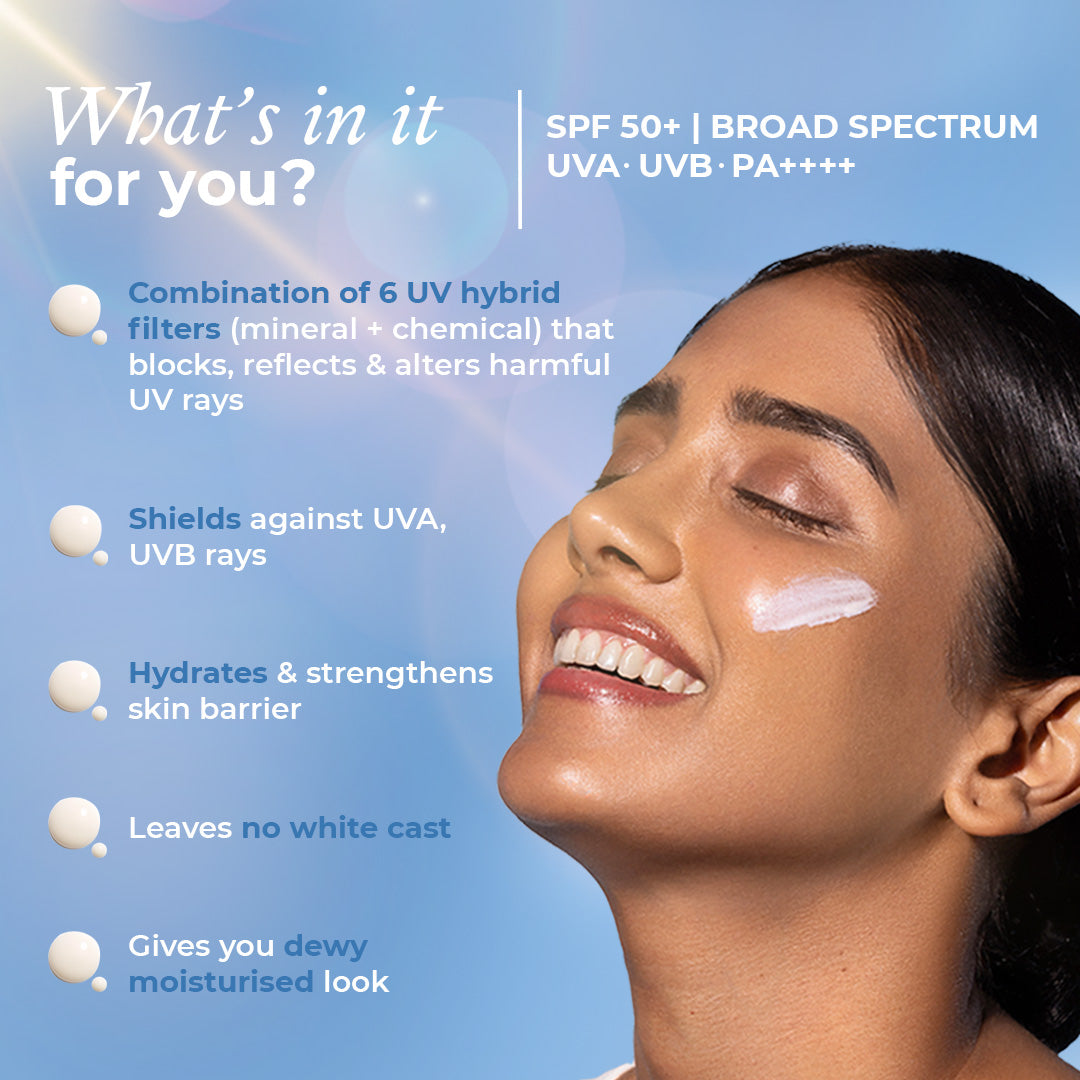
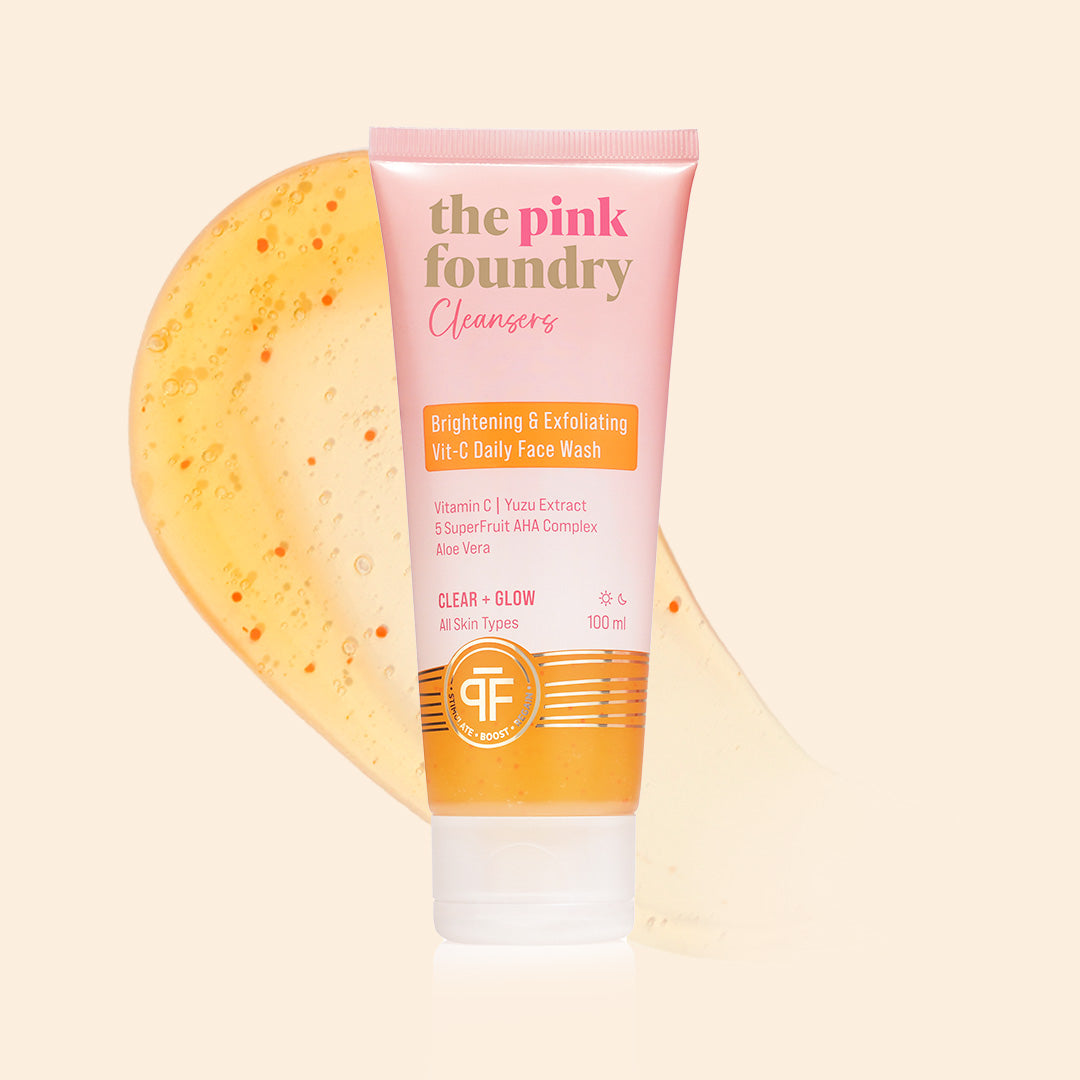
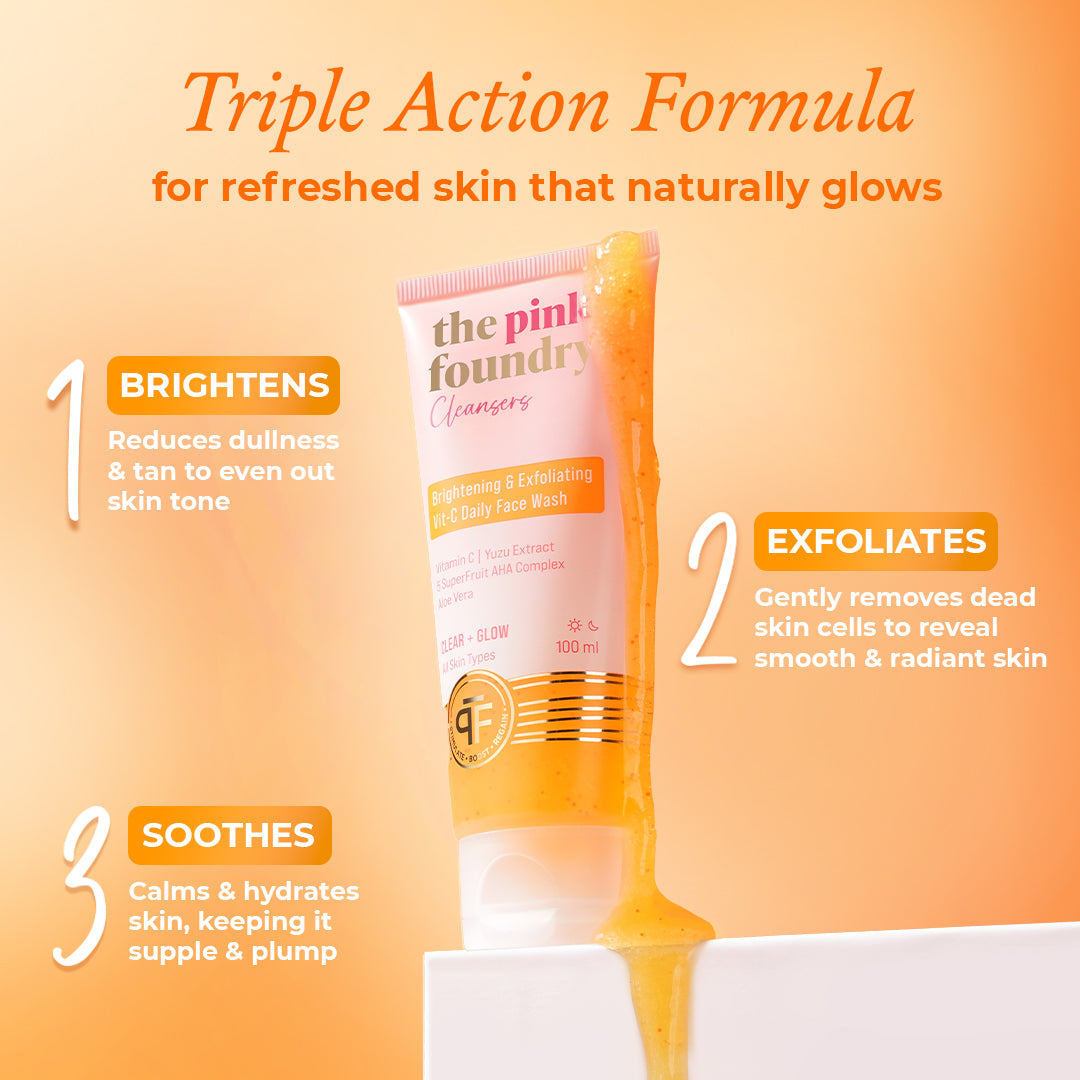
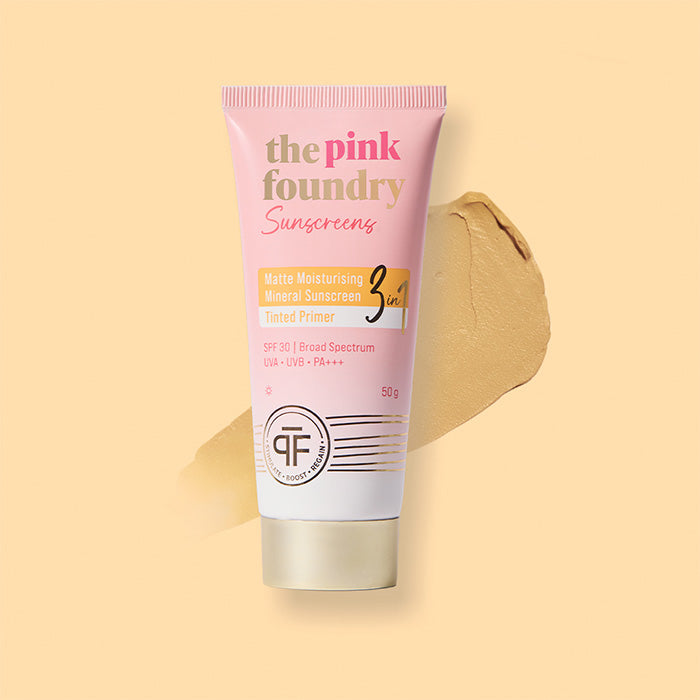
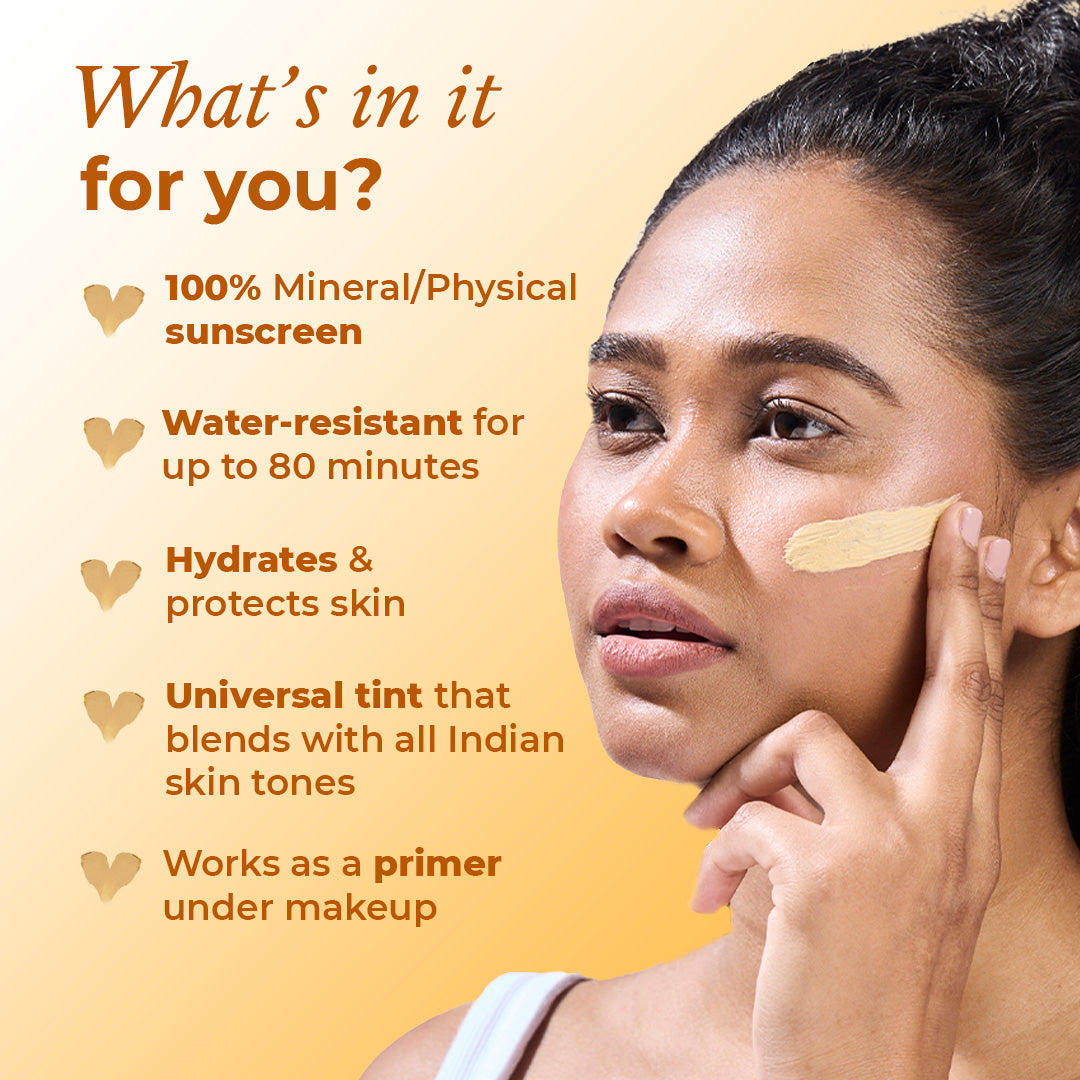
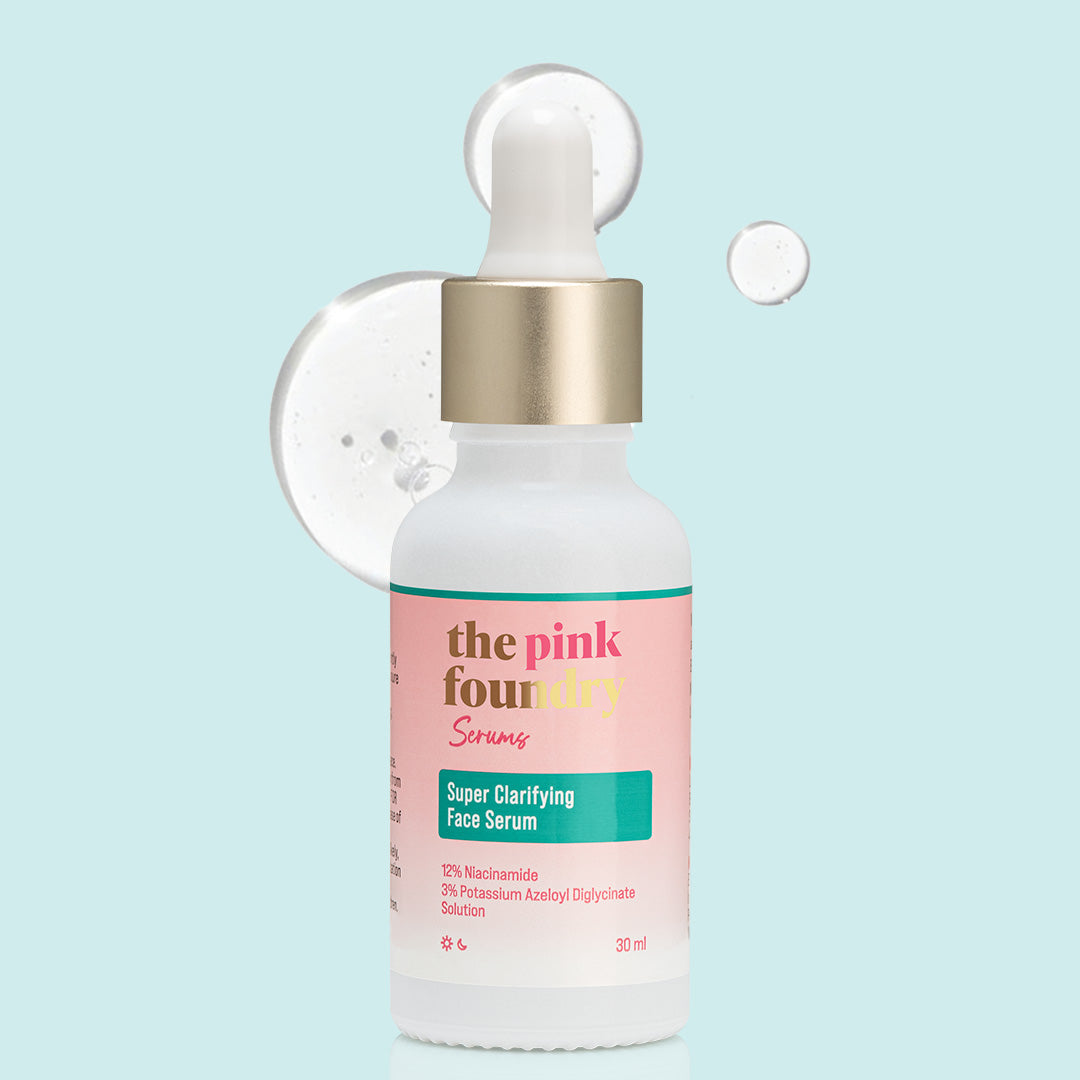
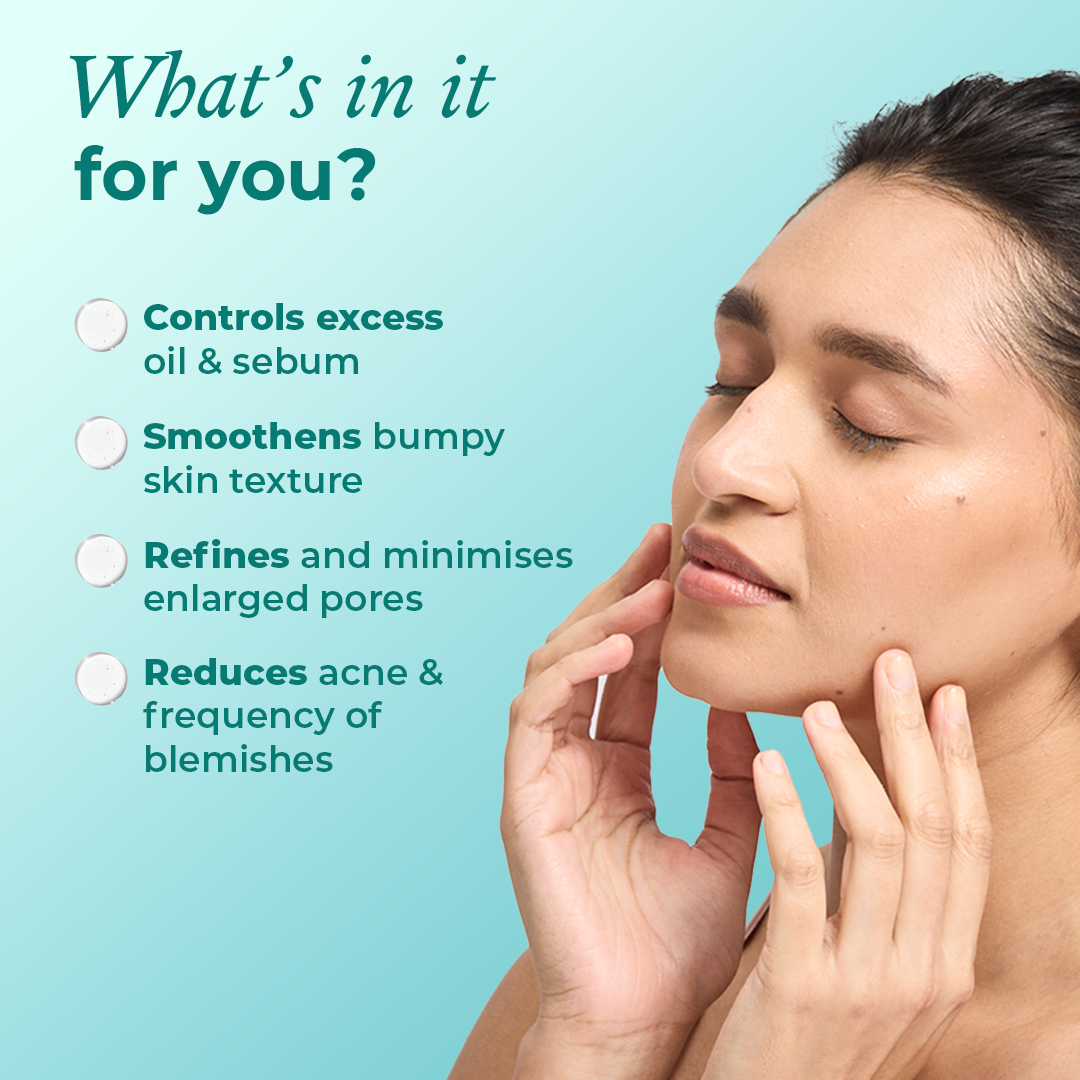

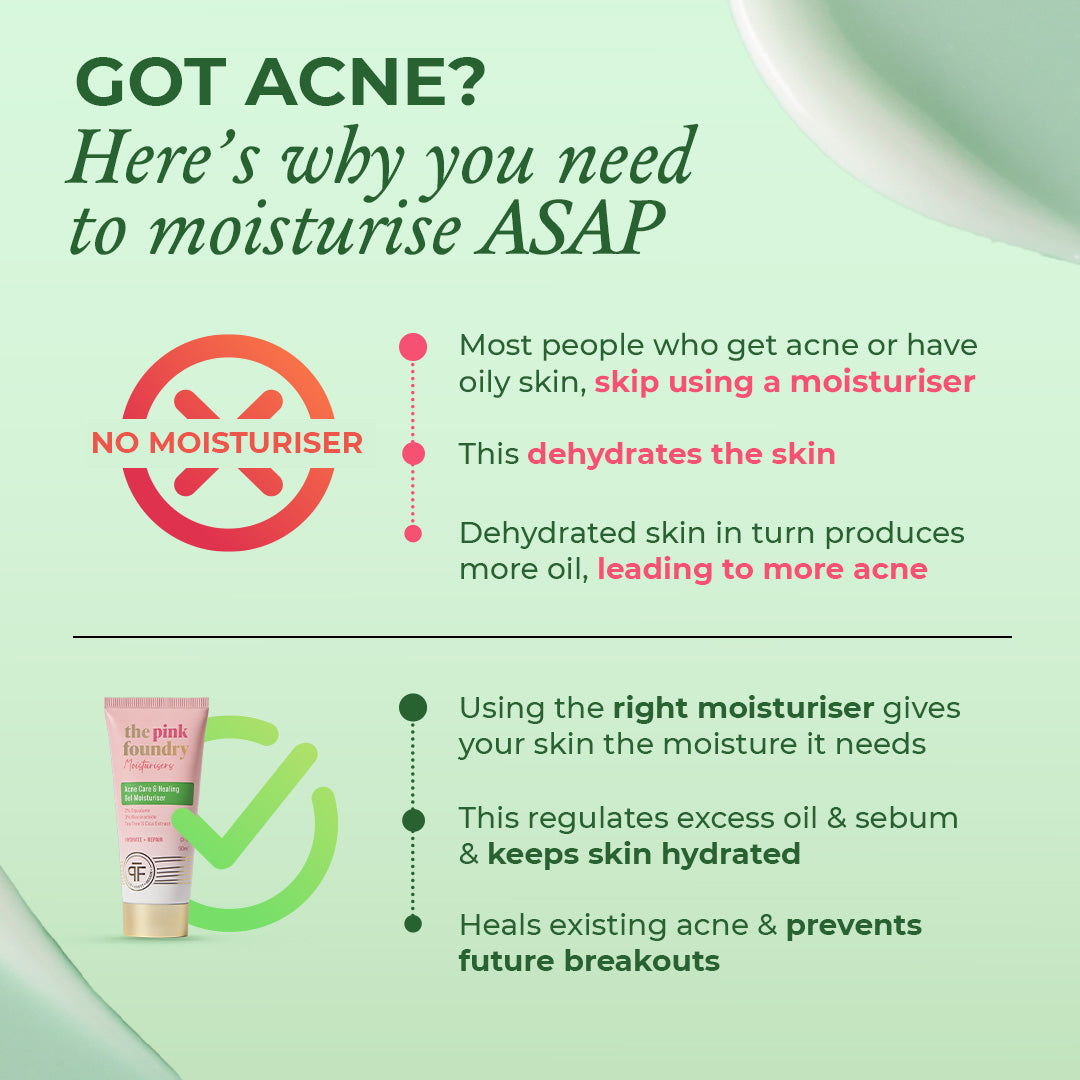
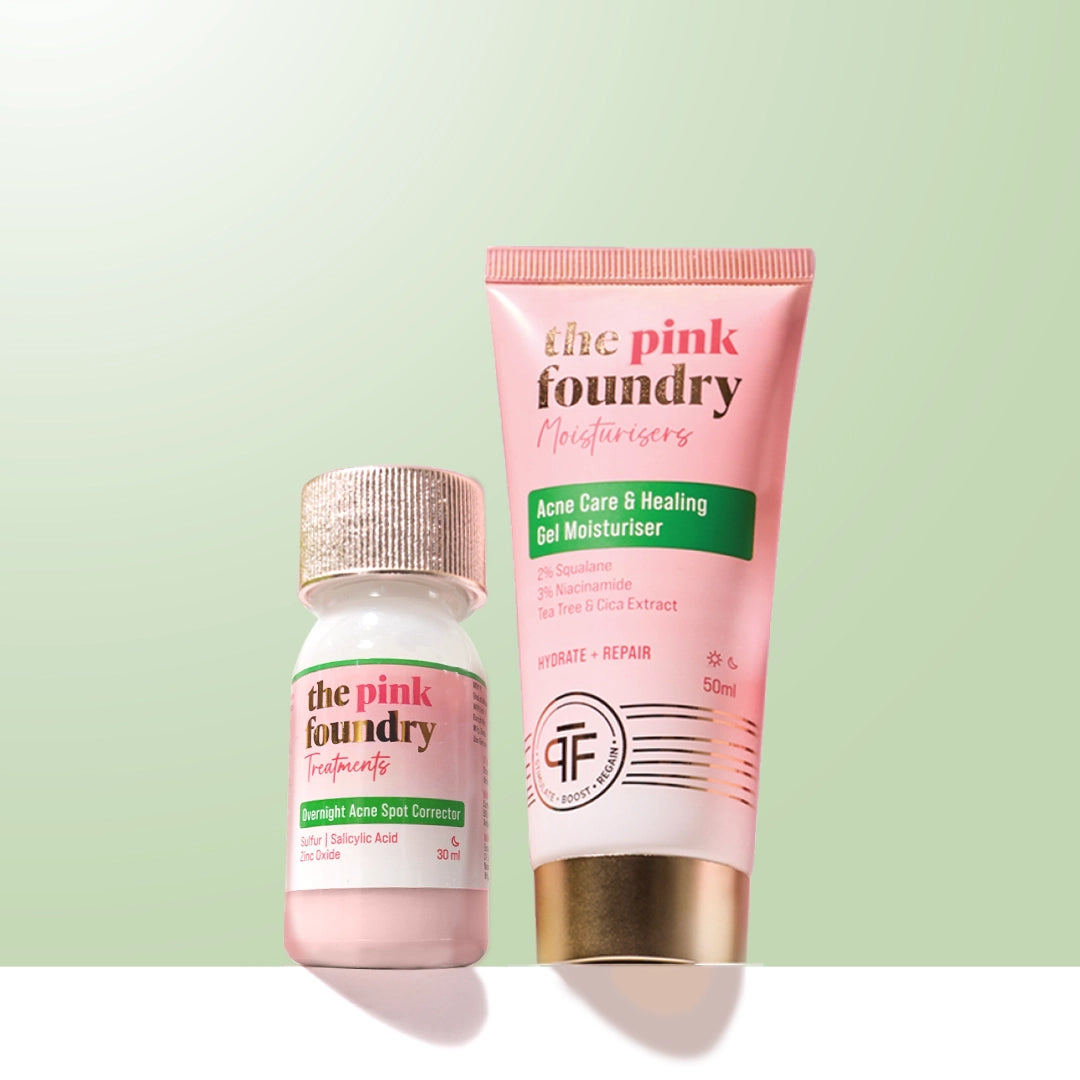
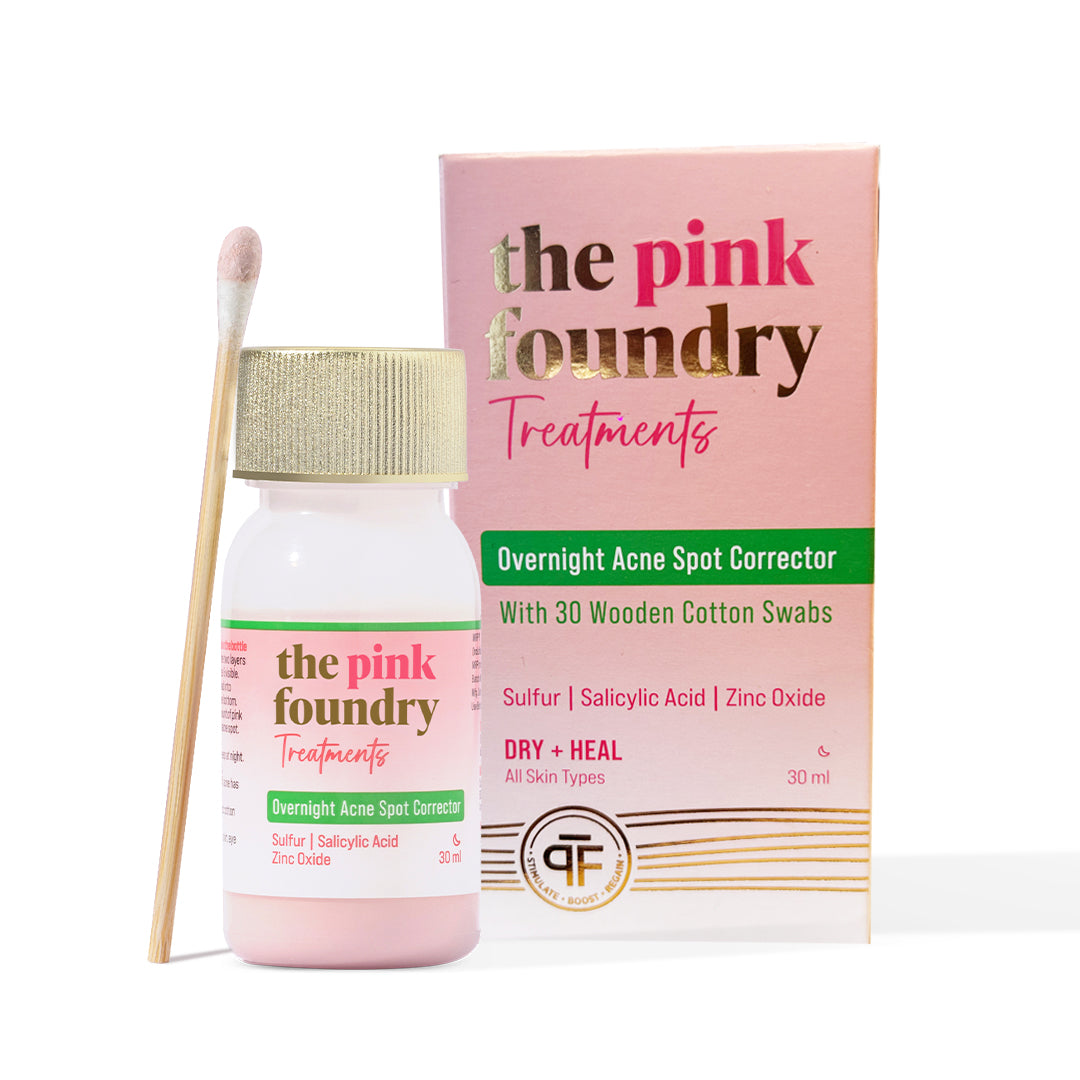
Leave a comment
This site is protected by hCaptcha and the hCaptcha Privacy Policy and Terms of Service apply.